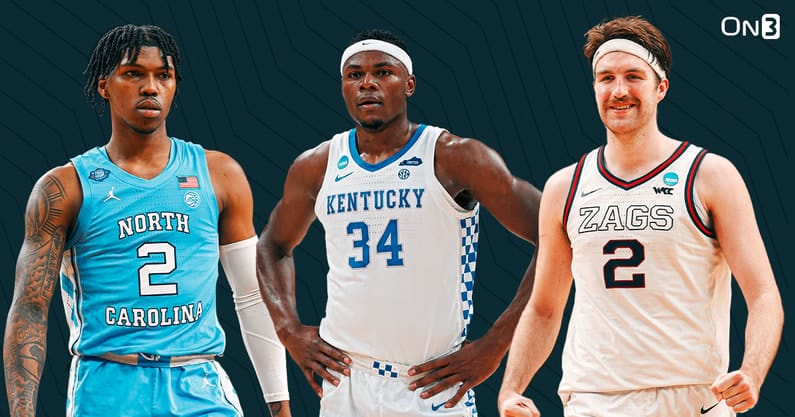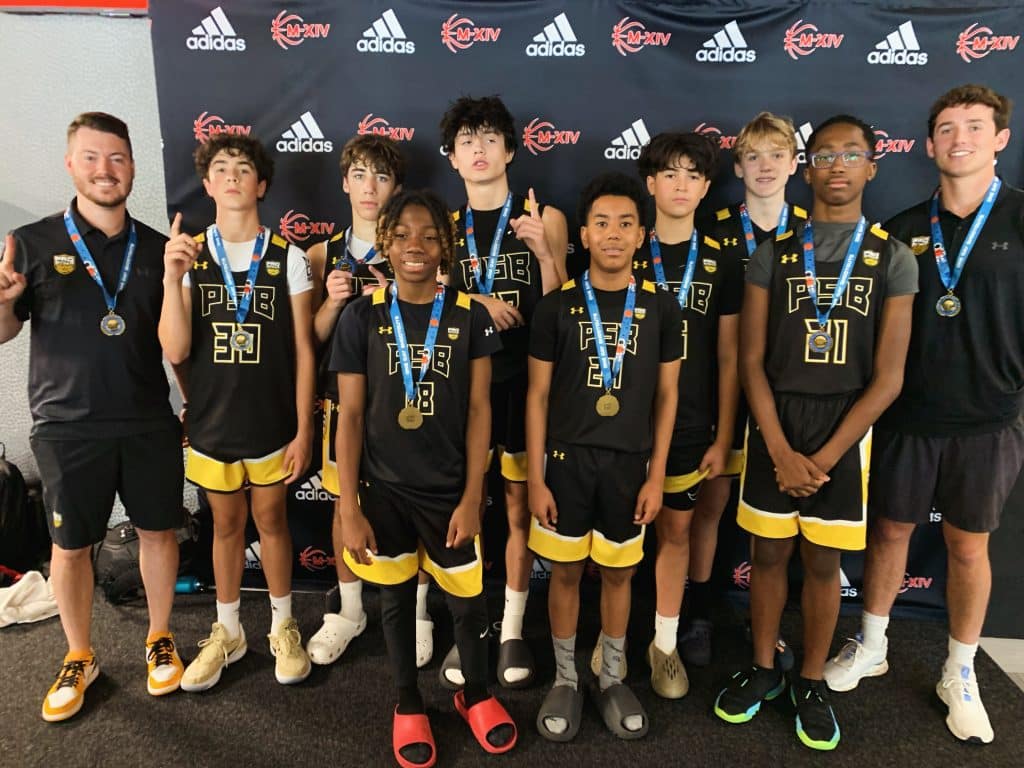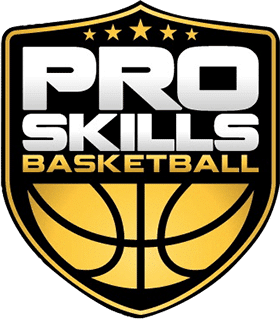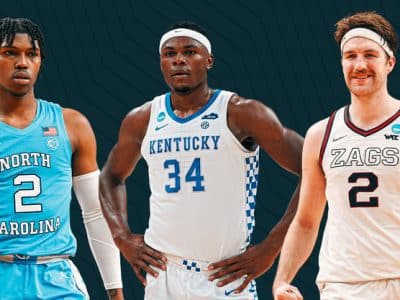
The impact of Name, Image, and Likeness (NIL) on college basketball has been massive, creating an environment of roster instability, transfer movement, and skyrocketing player earnings. While much of the conversation has focused on how NIL is changing the NCAA, its effects are significantly altering the high school and grassroots basketball landscape—particularly when it comes to recruiting.
With college coaches now prioritizing retaining their own players, working the transfer portal, and recruiting international prospects, high school players are finding it harder than ever to secure scholarships. The traditional recruiting model has been flipped upside down, making patience and adaptability crucial for young athletes.
How NIL Has Reshaped College Basketball Recruiting
High School Recruiting is Harder Than Ever
A decade ago, high school players were the backbone of college basketball recruiting. Today, they are often the last priority. College coaches now follow this sequence when building their rosters:
- Re-recruit their own players – With NIL and the transfer portal creating constant movement, the first job for any college coach is to convince their best players to stay.
- Hit the transfer portal – Instead of taking a risk on an unproven high school player, most programs first look to add experienced transfers who can contribute right away.
- Consider international and older high school players – If scholarships remain, many schools now first look at international prospects or high school post-grad players who are more physically developed.
- Recruit high school seniors – By this point, many high school players who would have been heavily recruited in the past are left waiting, as scholarships have already been given to transfers or international recruits.
This new reality has delayed recruiting timelines for high school athletes. Whereas players used to commit early in their high school careers, many are now forced to wait until late in their senior year because colleges are waiting to see what happens in the portal. Even mid-major and lower-level D1 schools, which once relied heavily on high school recruiting, are now saving scholarships for transfers.
The Age of College Freshmen is Increasing
With fewer scholarships going to traditional high school recruits, the average age of incoming college freshmen is rising. Many players are now delaying college by:
- Taking a post-grad or prep school year to gain more exposure.
- Going the junior college route in hopes of transferring to a better opportunity.
- Competing against older international players, who often enter college at 19 or 20 with professional experience.
This means that college teams are getting older, making it even tougher for a typical 18-year-old high school graduate to earn playing time as a freshman.
The Rise of International Players in College Basketball
NIL has also made college basketball a more attractive destination for European players. Before NIL, many of the top international prospects chose to stay in professional leagues in their home countries. Now, with the ability to earn NIL money, more are opting to play in the U.S.
As a result, college teams that once filled their rosters with American high school recruits are now recruiting more international players who are often older, more physically developed, and more fundamentally sound. This trend is accelerating as European basketball continues to improve, producing more high-level prospects who are making an impact in both college and the NBA.
In fact, the NBA has seen a major influx of European players in recent years, with stars like Nikola Jokic, Luka Doncic, and Victor Wembanyama dominating at the highest level. As international talent continues to grow, college basketball programs are increasingly looking overseas to find skilled, ready-to-play recruits, further squeezing out U.S. high school players.
Fewer Players Choosing Alternative Pro Pathways
Previously, many of the top high school prospects were skipping college in favor of alternative pro prathways, such as G League Ignite, Overtime Elite, or overseas. However, with NIL allowing college players to make significant money while playing in front of national audiences, fewer recruits are choosing alternative pro pathways.
A major sign of this shift is the NBA’s recent decision to discontinue the G League Ignite program after the 2023-24 season. Originally created as an alternative pathway for elite high school players to develop in a professional setting, Ignite attracted top prospects like Jalen Green and Scoot Henderson.
With Ignite shutting down, this further solidifies college basketball as the premier development path, but it also intensifies competition for roster spots. High school players now face even more challenges as they compete not only against older college transfers but also against top international recruits looking to cash in on NIL opportunities.

How Pro Skills Basketball Helps Players Adapt to the NIL Era
With recruiting becoming more difficult, grassroots basketball programs need to do more than just provide exposure. At Pro Skills Basketball (PSB), we focus on long-term skill development, basketball IQ, and structured coaching to ensure players are prepared for the challenges of college recruiting.
- Beyond Exposure – Unlike the traditional AAU basketball model, which prioritizes tournaments and exposure, PSB emphasizes skill development, team play, and basketball fundamentals to help players stand out.
- Navigating NIL and the Recruiting Process – We help players and parents understand the realities of NIL and college basketball, ensuring they make the best decisions for long-term success.
- Building a Stronger Path to College Basketball – With high school recruiting becoming more challenging, our model ensures players are ready for the college level and equipped with the necessary skills, work ethic, and mindset to succeed.
As NIL continues to shape grassroots and college basketball, programs like PSB provide young athletes with a roadmap for success in a world where talent alone is no longer enough to secure a college basketball opportunity.
Final Thoughts
The recruiting landscape in college basketball has shifted dramatically, and there’s no sign of things slowing down. High school players who once had clear paths to Division I basketball now face more obstacles than ever, with NIL money, the transfer portal, and international talent creating new challenges.
For young athletes today, the message is clear:
- Be patient – Recruiting timelines have changed, and high school players may need to wait longer for opportunities.
- Adapt – Whether it’s using NIL to build a brand or considering prep school, players must adjust to this new reality.
- Focus on development – With colleges prioritizing experience, high school players need to ensure they are physically and mentally ready to compete with older, more developed players.
The game has changed, and for high school recruits, navigating this new world requires strategy, persistence, and an understanding of how NIL has reshaped college basketball. As youth basketball leaders, we too must adapt to better support the younger generation of hoopers coming up.


 Pro Skills Basketball Club Team Tryouts: January, February, and March, 2025
Pro Skills Basketball Club Team Tryouts: January, February, and March, 2025 »
»